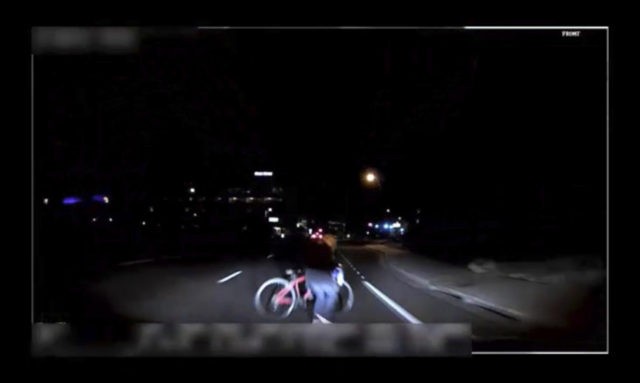Ride-sharing company Uber reportedly increased the number of self-driving car crash simulations following a fatal accident involving one of their self-driving cars that saw one woman killed.
According to recent reports, ride-sharing company Uber began increasing the number of self-driving car simulation tests that the company performed following a fatal car crash involving an Uber self-driving car that hit and killed a woman in Phoenix in March.
49-year-old Elaine Herzberg was walking a bicycle outside the lines of a crosswalk when the self-driving vehicle operated by Rafaela Vasquez hit Herzberg, who later died in a hospital. The company voluntary suspended their tests in Arizona, California, Pittsburgh, and Toronto following the crash. Uber stated that they chose not to re-apply for a license in California “with the understanding that our self-driving vehicles would not operate in the state in the immediate future.”
According to Engadget, there was a large disconnect between the simulation software and the actual autonomous vehicle software with a vast amount of incompatible code between the two. But, there does not appear to be a direct link between the lack of investment in the simulation software and the fatal car accident.
Uber’s simulation software wasn’t even developed until mid-2017 shortly after the self-driving project lead developer Anthony Levandowski was fired from the company. It is also being reported that there was a large pay difference between engineers working on the simulation software and engineers in other departments of the company, this would imply that much importance was not placed on the simulation.
Competing self-driving car company Waymo, owned by Google, has been regularly publishing updates on their simulation testing. In November, Waymo revealed that the company had logged approximately 2.5 million miles in their Carcraft simulation as well as 4 million miles driven in the real world. It was also revealed that Waymo’s autonomous vehicles only required intervention by a human engineer once every 5,128 miles while Uber needed human intervention approximately once per-mile.
Lucas Nolan is a reporter for Breitbart News covering issues of free speech and online censorship. Follow him on Twitter @LucasNolan_ or email him at lnolan@breitbart.com

COMMENTS
Please let us know if you're having issues with commenting.